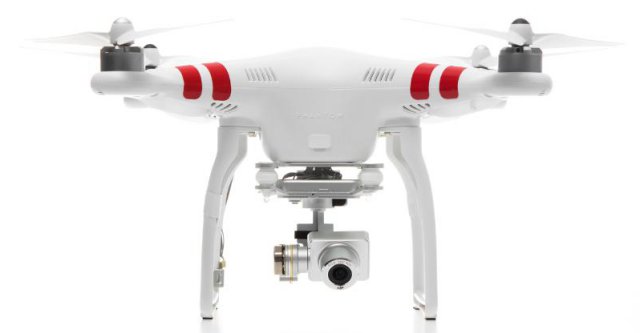Over the last two years Da-Jiang Innovations, better known as DJI, has emerged as the world’s most popular consumer drone maker, at least by revenue. And The Verge has learned that the company is currently in talks with Silicon Valley’s top venture capital firms to potentially raise a new round of funding.
Sources familiar with the negotiations say DJI reported around $500 million in revenue for 2014, roughly four times what it did in 2013, and is on pace to do about $1 billion in sales this year. The potential valuation of the company would be a healthy multiple of that, several billion dollars, although no deal has yet been finalized.
The company helped bring small, powerful drones to the masses with its Phantom line of quadcopters, our favorite unit during last year’s testing. In doing so, the Shenzhen based firm became one of the first Chinese companies to help forge a new category of consumer electronics at global scale. The Phantom was simple enough for beginners, but powerful enough to interest serious hobbyists, professional photographers, and filmmakers. Last year we dubbed it “the kleenex of drones,” and that ubiquity has become a very big business.
With over 2,800 employees, DJI now has offices in Shenzhen, Hong Kong, Los Angeles, Rotterdam, Tokyo, and Kobe. It sells several different variations of its Phantom drone, as well as its higher-end “prosumer” unit, the Inspire One, and its much larger S-class units. It also has a popular line of gimbals used for stabilizing cameras during flight, and has translated that technology into a handheld camera stabilizer, the Ronin, used by film and TV professionals.
The company was founded in 2006 by Frank Wang, then a student at the Hong Kong University of Science and Technology. Originally DJI was centered on building flight control systems for model helicopters, which Wang had loved since childhood. But as multi-rotor drones began to gain popularity, Wang deftly turned the company toward that market.
Before the Phantom, most highly capable consumer drones were sold to serious hobbyists and required a lot of assembly and know-how. The French company, Parrot, had a simple, popular unit with its A.R. Drone, but that was not a very powerful craft. The Phantom represented the first relatively cheap drone that came ready to fly out of the box, but boasted top of the line flight control systems. They also had a potent pitchman in Colin Guinn, who we met for the first time at SXSW in 2012. North America represents DJI’s biggest market.
Mr. Guinn has since left for rival drone maker 3D Robotics, which two weeks ago announced a $50 million round of funding led by Qualcomm. And Parrot recently released its own more powerful quadcopter, the Bebop, taking direct aim at DJI’s Phantom line. Up until now, DJI had taken on relatively little outside capital, preferring to bootstrap the business. But as competition heats up, it is considering taking on venture capital to help maintain its lead and potentially branch out into new sectors of the booming drone market.
Source: The Verge

